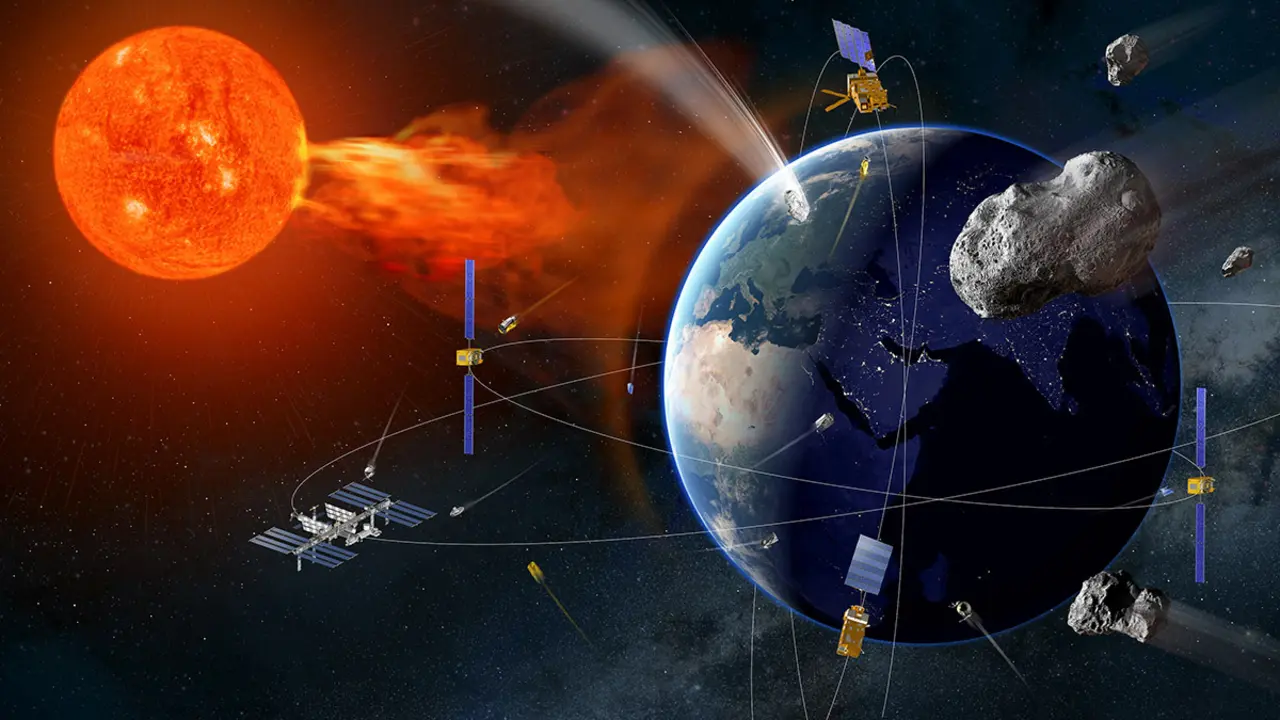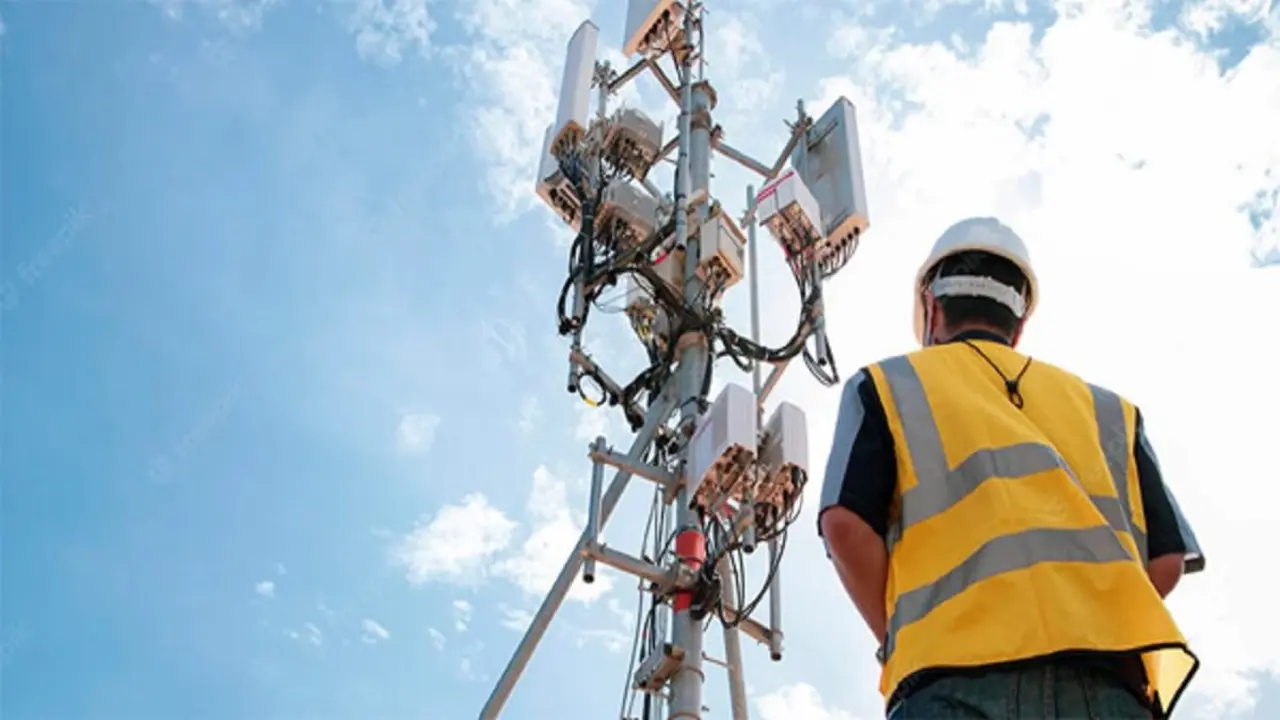Rwanda launches new space agency while Spain's remains at a standstill

The Republic of Rwanda now has its own space agency. Legislation was passed by a majority of the 80 members of its Chamber of Deputies in a videoconference session on Wednesday, March 10.
Rwanda has no space industry at all, only one small satellite in orbit and is ranked 140th, ahead of Haiti, by the International Monetary Fund on the basis of its GDP in 2019 - $10.211 billion. But President Paul Kagame is aware that the economic and social development of a country located in the middle of Africa depends more and more on space technology with each passing day.

This is the fundamental reason why Kagame's government passed a draft law in May last year to set an institution dedicated to bringing together all national initiatives linked to the space sector, in particular to make the nation's connectivity independent of the terrestrial communications that depend on the four neighbouring states.
Rwanda is located in the Great Lakes region, is landlocked and has about a thousand kilometres of fragile borders with Burundi, the Democratic Republic of Congo, Tanzania and Uganda. Unlike some of its neighbours, it enjoys a high degree of political stability thanks to the economic reforms promoted by Paul Kagame and implemented by Prime Minister Édouard Ngirente, which attracts foreign capital. For example, the President of the European Council, Belgian Charles Michel, visited Rwanda on the 7th and 8th of this month to increase mutual cooperation.

The new Rwanda Space Agency (RSA) has been placed under the direct authority of the President of the Republic. Its primary responsibilities are to coordinate the activities of the space sector, to advise the Government on the definition of space policy, to implement the national space strategy and to represent Rwanda in international spheres.
Paul Kagame's motivations for creating a space agency have not made a dent in Spain, which in 2019 ranked 13th in the world's GDP. President Pedro Sánchez has not found the right moment or does not consider it important to set up an organisation that leads and coordinates the capacities distributed among almost half a dozen ministries. This is a demand expressed in numerous forums by national space managers and high-ranking government officials, although it does not have the support of Minister of Science and Innovation Pedro Duque.

RSA's second priority task is to direct space activities in order to provide government institutions with satellite communications and observation, as well as to acquire and safeguard the nation's data and images. In addition to this, RSA is tasked with providing geospatial services to support the country's development in education, agriculture and urban planning, as well as bridging as far as possible the huge digital divide between rural communities and cities.
The RSA will be an organisation with a small administrative structure. It is headed by military officer Lieutenant Colonel Francis Ngabo, who has already taken on a number of important tasks. One is to organise national efforts to train a pool of Rwandan technicians in technology programmes, mainly with institutions in the United States, Japan and Israel.

The other is to set up ground infrastructure and antennas to receive satellite data and images. The first station is to be built in Rwamagana, 60 kilometres from the capital, Kigali, with the participation of GlobalStar, the major US satellite communications company.
Rwanda has only one nano satellite in orbit, RwaSat-1. It is a Cubesat 3U, a simple 30 x 10 x 10 centimetre structure weighing less than 5 kilograms developed under the Japan Aerospace Exploration Agency's (JAXA) international cooperation initiative with developing nations. The satellite was built at the University of Tokyo's facilities with the participation of three Rwandan engineers.

RWASAT-1 was deployed into orbit on 20 November 2019 from the Japanese KIBO module on the ISS. RwaSat-1 arrived at the orbital complex on September 28 aboard the Japanese HTV-8 supply spacecraft, which had been launched four days earlier by a Japanese H-II rocket from the Tanegashima Space Center.
Once in orbit at an altitude of 417 kilometres, the two multispectral cameras travelling on RwaSat-1 took images of the country, used by Rwandan Ministry of Agriculture to calculate soil moisture and try to provide information on crop yields.
Rwanda has another satellite of which it is not the owner but an exclusive user. It is the so-called Icyerekezo, weighing 150 kilos, which was put into orbit on 27 February 2019 along with five others in the OneWeb satellite internet constellation. Rwanda's Ministry of Telecommunications was then a minority shareholder in OneWeb and obtained a platform to provide high-speed Internet free of charge to rural educational centres, with priority to the San Pierre Nkombo group of schools, located on the island of the same name in Lake Kivu.
About the size of Galicia but with a population about five times larger (around 13 million), its economy is small even by African standards. According to a report by Oxford Economics in August 2019, Rwanda is one of the three African states with the highest and fastest GDP growth, close to 8% in 2019.
With large areas of very fertile land and the highest population density on the entire black continent, the stability and security that has reigned in the country for the past twenty years has generated remarkable growth in its agricultural sector (32% of GDP), real estate, mining, tourism and even finance, all of which has created a favourable atmosphere for foreign investment.









